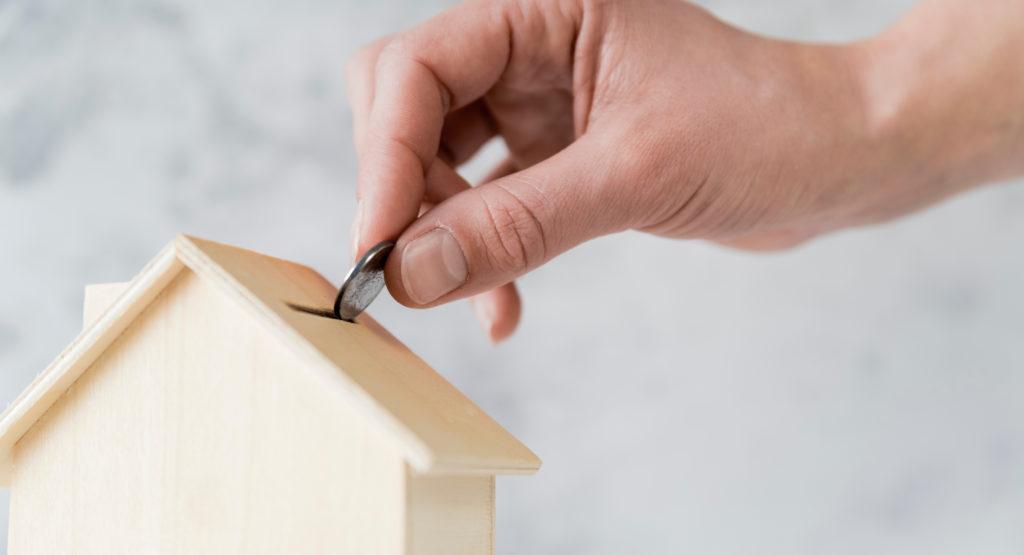When you are working toward buying a home, a down payment is a must. And, people who save more can often qualify for better loan terms. Use these tips and tricks to maximize your down payment and get the best deal on your home.
1. Set up a dedicated savings account.
Savings for your down payment should go to a separate account that is not easy to access. Keep it at a different bank than your normal checking account to cut down on temptation to dip into your down payment fund.
You can build up your balance steadily by having money direct deposited into the account every time you get paid. Before you know it, regular contributions will add up.
2. See what expenses you can eliminate.
Go over your bank statements to look at places where you are spending more than you should. That membership for a gym you never visit? If it costs you $30 a month, canceling it can put an additional $360 a year into your savings.
You can also cut down on costs like car insurance by seeing whether you are eligible for discounts. A membership in AAA, for instance, might qualify you for a percentage off your bill each month. Other discounts may be available for features like club-style locks for your steering wheel.

3. Reduce high interest rates.
If you have a high-interest credit card with a significant balance, that is costing you a lot of money every month. Look into consolidation loans that will reduce the interest you pay, so you can keep more in your pocket.
Just make sure that you continue to pay down debt at the same speed as before. A lower monthly payment can mean staying in debt longer and paying more interest as a result.
4. Sell your unwanted items.
Possessions that are not serving you well can line your bank account instead. With avenues like craigslist, Facebook Marketplace, and Nextdoor, it is easier to find a buyer than ever before.
Each time you sell an item, deposit the proceeds into your home-buying account. Every little bit counts! Ten $10 sales is $100 toward your down payment fund.
Plus, selling unwanted stuff now means less to pack and sort later. You’ll have extra funds for a purchase, plus saving time and money on your move when you buy your home.
5. Borrow from your retirement accounts.
Up to $10,000 from a Traditional IRA can be put toward the purchase of a home without penalty. After that, you can expect to pay around a 10% early withdrawal fee. You are also able to withdraw your contributions to your Roth IRA at any time without penalty.
Your 401(k) at work can also be a source of funds for your down payment. Most plans allow participants to borrow a portion of their savings. However, be sure you understand the terms for paying the money back. You only have a certain amount of time before penalties are assessed.

6. Borrow from a family member.
If you have members of your family who have the ability to make a loan, it can go toward your down payment. The amount of the gift will have to be included in your paperwork when you apply for a loan. Check to find out how much you can borrow or be gifted without incurring any tax penalties.
7. Sell an investment.
If you’ve been squirreling money away into an investment portfolio, selling a portion to buy a home could be a good move. The equity you build in your home is just another kind of investment. By moving from one vehicle to another, you may even increase your net worth. As the value of your home increases, your equity will, too.
Just be sure to put enough money aside to pay any capital gains taxes. These are assessed on any profit you make when you sell your investment.
Summing Up
Whether you are looking for a mortgage in Washington, DC, Chicago, or anywhere else, the more you have on hand, the better.
Some of these strategies add a lot to your savings, some just a little. Using all of them together can help you increase your down payment size significantly. It can take some time to build up enough to get the results you want. But, the pay-off in terms of better loan terms and greater equity going in will be worth it.






